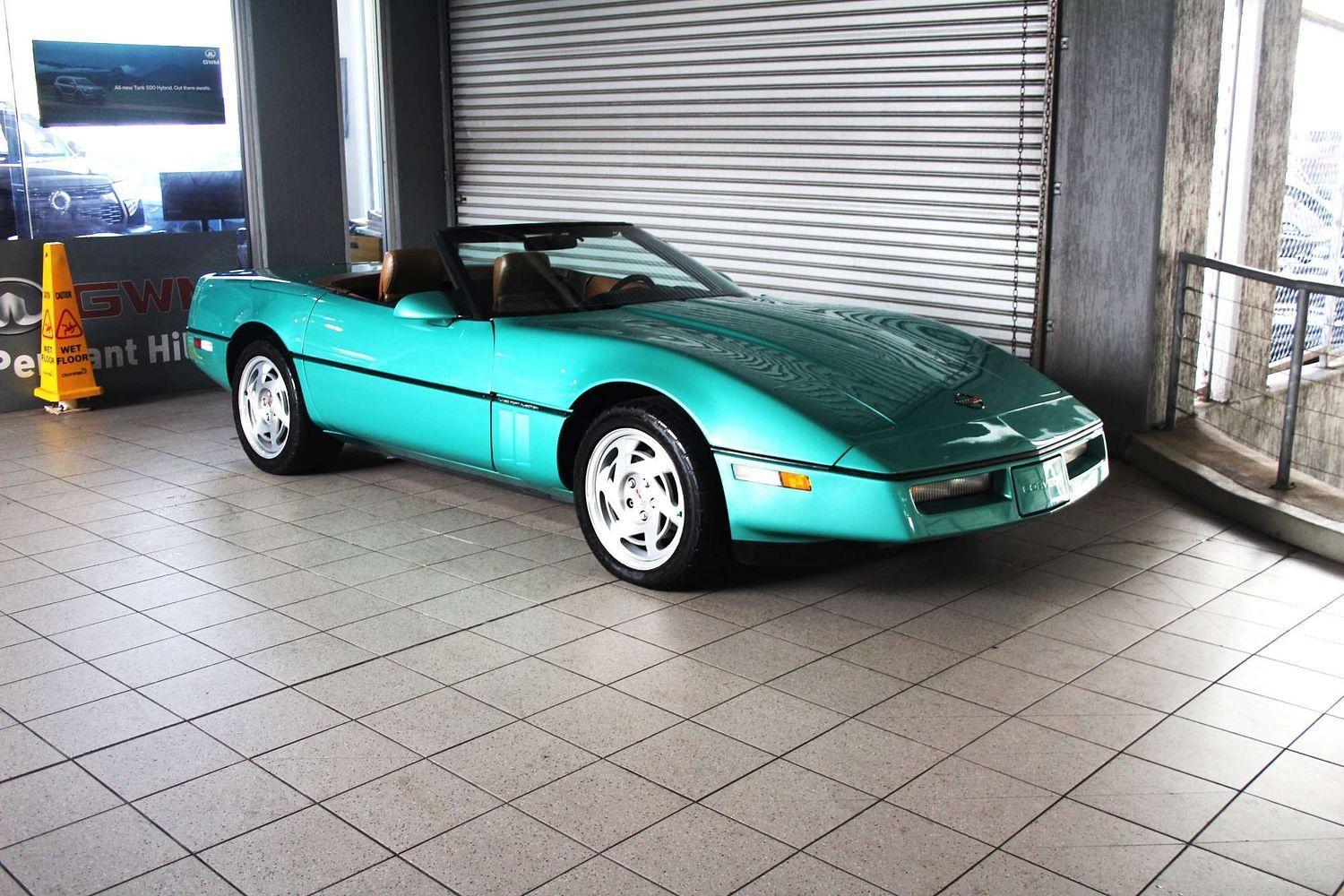Ford celebrates 100 years of the assembly line
Ford is already on track to achieving this, with a number of new manufacturing plants opened in Russia, Romania, China and Thailand in the past two years, with the Blue Oval on track to produce 6 million vehicles in calendar year 2013.
While Ford's Australian manufacturing operations will officially cease in October, 2016, nine new factories will be in operation by the same period. It's a pointer to where the future of automobile manufacturing is heading that all bar one of the new plants will be located in either China or India.
These new plants for engine and transmission manufacture will join vehicle assembly factories that Ford say will be capable of each producing four different model platforms by 2017.
This flexibility will allow for greater adaptability based on varying customer demand. Ford projects 90 percent of its plants around the world will be running on a three-shift or crew model by 2017, which they say will increase production time more than 30 percent.
Ford currently assemble vehicles on fifteen different platforms, but say that by 2017, that will be cut to nine core platforms, in an effort to boost efficiency.
"One hundred years ago, my great-grandfather had a vision to build safe and efficient transportation for everyone," said Ford Executive Chairman Bill Ford. "I am proud he was able to bring the freedom of mobility to millions by making cars affordable to families and that his vision of serving people still drives everything we do today."
"Henry Ford's core principles of quality parts, workflow, division of labor and efficiency still resonate today," said John Fleming, Ford executive vice president of global manufacturing.
"Building on that tradition, we're accelerating our efforts to standardize production, make factories more flexible and introduce advanced technologies to efficiently build the best vehicles possible at the best value for our customers no matter where they live."
Ford's recent expansions in global manufacturing and production have helped to retain 130,000 hourly and salaried jobs around the world.
Assembly line history
One hundred years ago (on October 7, 1913), Henry Ford and his team at Highland Park assembly plant launched the world's greatest contribution to manufacturing - the first moving assembly line. It simplified assembly of the Ford Model T's 3,000 parts by breaking it into 84 distinct steps performed by groups of workers as a rope pulled the vehicle chassis down the line.
The new process revolutionized production and dropped the assembly time for a single vehicle from 12 hours to about 90 minutes.
By reducing the money, time and manpower needed to build cars as he refined the assembly line over the years, Ford was able to drop the price of the Model T from $850 to less than $300. For the first time in history, quality vehicles were affordable to the masses. Eventually, Ford built a Model T every 24 seconds and sold more than 15 million worldwide by 1927, accounting for half of all automobiles then sold.
"Ford's new approach spread rapidly, not only to other automakers but also to manufacturers of phonographs, vacuum cleaners, refrigerators and other consumer goods," said Bob Casey, former curator of transportation at The Henry Ford, and author of The Model T: A Centennial History. "The assembly line became the characteristic American mode of production."
In 1914, Ford instituted the "$5 workday," a significant wage at the time, to enable his employees to buy the vehicles they built. The move created loyalty among Ford workers and is credited with giving rise to a new middle class of consumers unencumbered by geography, free to travel the open roads, to live where they please and chase the American dream.
Images: Ford media





















